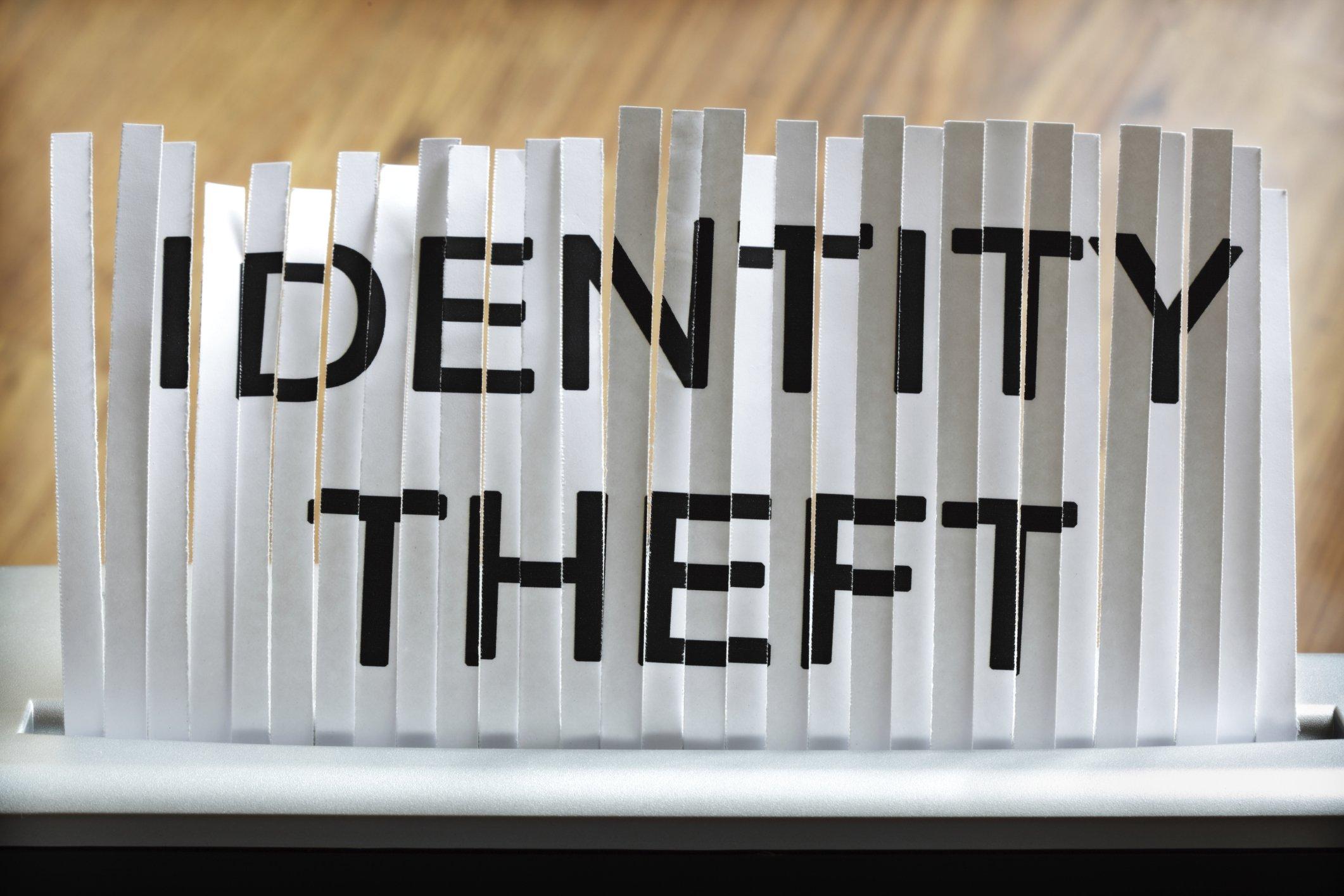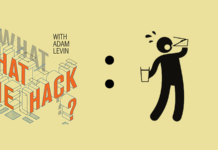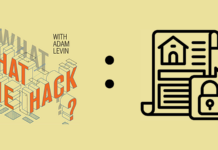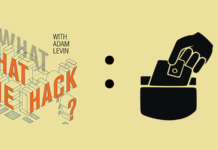It’s finally here. You’ve been saving up for months. This is your day. You are the Master of the Data Security Universe, Ms. Never-Gonna-Happen-To-Me, Captain Try-Personally-Identifying-This. And you’re going to… a Shred-a-Thon!
Yes, it’s that time of the year when friends and neighbors gather in the haze of grilling hot dogs and burgers as they feed their old papers to a municipality-owned, or financial institutionally-leased shred-mobile, while talking about data security and sharing a horror story or two about identity theft.
While the goal of a shred-a-thon is laudable, and the action is certainly a concrete one, the gesture is more or less symbolic in terms of actually stopping identity theft. And as we ready ourselves to enjoy the colorful symbolism in the evening skies of Independence Day celebrations across the nation, it’s crucial that you not allow a little something like document shredding to stand between you and the truth.
The Privacy Rights Clearing House estimates that some 867,810,607 records with personally identifiable information (PII) have been exposed in data breaches since 2005. Others have reported numbers far in excess of 1 billion files. The sheer quantity of purloined, as well as willingly over-shared, information floating in the cyber-sphere has pushed us way beyond mere symbolic gestures. The chances that chunks of that information include pieces of your own identity puzzle are pretty close to a slam dunk.
So it’s time to trade that false sense of security pervading shred-a-thons for some real-world actions that can push off your inevitable day of reckoning and help keep you and your family as safe as possible. Because in this Everyone’s Exposed world where pieces of your PII can be had for pennies, it’s really just a matter of time before someone cobbles together enough of your data to cause you pain.
How Do I Prevent Identity Theft?
That was a trick question. There are no complete solutions, but if you follow the 3Ms — minimize your exposure, monitor and manage the damage — you can make your life a lot less painful when the inevitable happens. So while shredding gets you part of the way to the first M – minimizing your exposure — you can’t stop there. Instead, you have to change the way you think about identity theft and your PII, and most importantly, become significantly more vigilant.
A veritable cornucopia of companies are peddling all stripes of products and services to help protect you from identity theft. While I’m not going to rate them here, I would suggest avoiding those that promise to prevent identity theft, since the third certainty in life is that you will become a victim.
Monitoring for Signs of Fraud
Being vigilant means you have to keep a close eye on your credit. You can get a copy of your credit reports from each of the three major credit reporting agencies for free every year at AnnualCreditReport.com. You can also get a snapshot of your credit portfolio and two free scores (updated every month) any time of the year on Credit.com, where you’ll find a number of tools to help you manage and monitor your personal identity and credit profile.
It’s also a good idea to enroll in transactional notification programs that are offered for free through your bank, credit union and credit card issuers — or you can purchase credit and fraud monitoring services. You can set notices so tightly that a new line of credit cannot be opened without a PIN code and/or be instantly alerted when someone tries to obtain credit in your name, or so loosely that you simply receive notice when activity occurs in any of your financial accounts. It may seem like a nuisance to field an email or text every time you buy something with your credit or debit card, but you’ll be glad you have the notification set up the day you get one about a purchase you didn’t make.
Another option: fraud alerts. All three reporting agencies offer a service that provides an initial fraud alert, extended fraud alerts and active duty military alerts. If you already subscribe to a credit monitoring service, fraud alerts may be an inexpensive add-on. There are also services that allow you to monitor your children’s Social Security number for signs of identity theft.
Managing the Damage
How horrific will it be when you get got? Here’s where choosing the right company and service matters. In many cases, a company with which you already do business—whether that’s an insurance carrier, your financial services provider or your employer—may well offer a product or service that will help you navigate the turbulent waters of victimization and restore your credit and identity when the inevitable knocks on your door.
Check to see if any of your existing relationships can provide you with identity theft resolution services and other identity management products. You may be pleased to find out that they do, and it could cost you little or nothing to enroll.
If there is any hope of containing the nightmare of identity theft, you must be engaged and invested in the process. The goal of a shred-a-thon is peace of mind, but a false sense of security is in no one’s best interest. Real peace of mind comes with real knowledge.
Contrary to what you may have been led to believe by the optimists among us, the threat of identity theft is very real, and feel-good symbolism won’t keep you from getting got by one of the legions of fraudsters out there working the seams of the identity mines to make a quick buck (or worse) at your expense.










